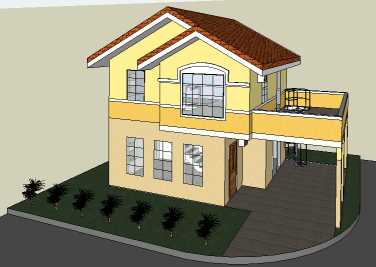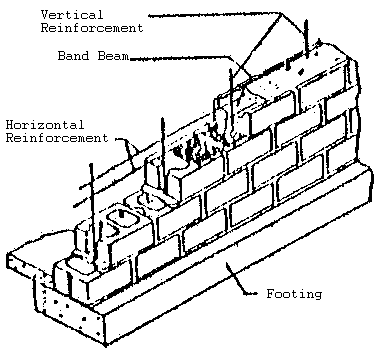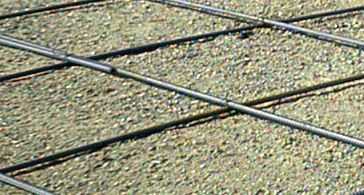
Lot 16, Block 4, Vittoria
Construction Notes
Last update: May 9, 2006
Previous: April 28, 2006
Previous: April 25, 2006
Previous: April 20, 2006

 |
Mactan House, Amalie Lot 16, Block 4, Vittoria Construction Notes Last update: May 9, 2006 Previous: April 28, 2006 Previous: April 25, 2006 Previous: April 20, 2006 |
| Links to |
 |


